The long wait for HS2
Europe’s biggest infrastructure project is facing long delays and ever-rising costs
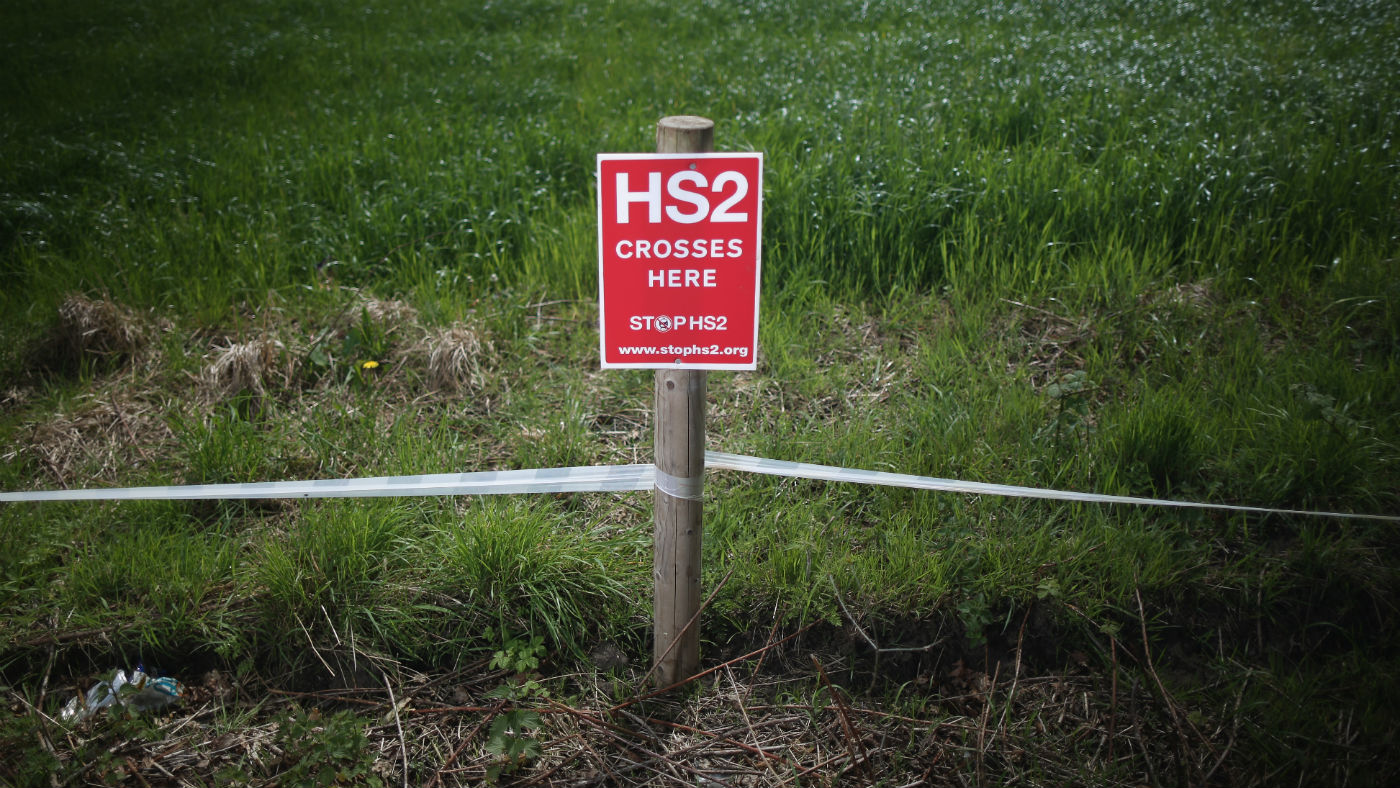
In 2021-2022, the Government spent more than £5bn on HS2: about the same as it spends on the national road network. Critics often argue that the money would be far better used to fund much-needed improvements to existing railways.
Rail passengers in the North, especially, have to contend with creaking infrastructure, staff shortages and routine delays or cancellations. Relative to the southeast, the region has been starved of investment, and trains between the North’s biggest cities, such as Leeds and Manchester, are slow and unreliable.
Here The Week takes a look at the chequered history of HS2, Europe’s biggest infrastructure project.
The Week
Escape your echo chamber. Get the facts behind the news, plus analysis from multiple perspectives.

Sign up for The Week's Free Newsletters
From our morning news briefing to a weekly Good News Newsletter, get the best of The Week delivered directly to your inbox.
From our morning news briefing to a weekly Good News Newsletter, get the best of The Week delivered directly to your inbox.
When was HS2 conceived?
The first London to Birmingham railway, which opened in 1838, took 20,000 men five years to build with picks and shovels; but HS2’s genesis has been very much slower. It was first proposed in the 1980s that Britain, like France, should have a high-speed network. In 1996, Parliament approved the 67-mile High Speed 1 link from the Channel Tunnel to London, which started running in 2007. In 2010, Labour’s transport secretary Andrew Adonis published a white paper proposing a second high-speed line from London to the North. The project survived the transition to David Cameron’s coalition government, which declared its support for HS2 in 2012. The first phase was voted through Parliament in 2017; and the main stage of construction began in late 2020.
What was the original plan?
At the beginning, it was to be a 330-mile Y-shaped railway that would run from London Euston to Birmingham (dubbed Phase 1), then split into two forks. One of them, Phase 2a, would run to Crewe in the northwest, with a branch to Manchester; the other, Phase 2b, would run through the East Midlands to York, with a branch to Leeds. On the London to Birmingham section, 18 trains would run every hour, carrying up to 1,100 passengers, cutting journey times from 84 to 49 minutes. In London the line would also be linked to HS1 and to Heathrow. It started off with a price tag of around £32bn. The first trains were to be running on Phase 1 by 2026; and the project was to be completed by 2033.
What has changed?
Costs have escalated dramatically: the bill, funded by the taxpayer, is now expected to come in at £70bn at least, and probably £100bn. At the same time, the project has progressively shrunk. Links to HS1 and Heathrow were dropped at an early stage. In late 2021, most of the Phase 2b eastern fork, from Birmingham to Yorkshire, was axed, at least for the time being; it will terminate instead at East Midlands Parkway, between Leicester and Nottingham. There have been substantial delays, too. In March, the Government announced that trains won’t start running between London and Birmingham until 2029 at the earliest; even when they do, they’ll initially terminate at Old Oak Common, in west London, which will be linked to central London by the Elizabeth line. HS2 won’t stop at Euston until about 2040. Its second stage, from Birmingham to Crewe, will not open until 2036; it may not arrive in Manchester until 2043.
Why the higher costs and delays?
According to the National Audit Office, the Government underestimated the complexity of building HS2, and the cost of purchasing land, and set over-optimistic budgets and delivery dates. It has also been slowed down by the UK’s sluggish planning system, and vocal opposition from those whose homes are set to be destroyed or affected, and by MPs and environmentalists: 108 ancient woodlands, for instance, may be damaged by the line. The project has changed considerably along the way: there are now 31 tunnels on the leg to Birmingham, many of them added to appease protest groups. The pandemic also brought delays, and high inflation since has raised costs considerably. As a result, HS2 is expected to be the most expensive high-speed rail line in the world, costing more than £300m per mile (the Stuttgart to Munich line, which opened last year, cost around £70m per mile).
A free daily email with the biggest news stories of the day – and the best features from TheWeek.com
Why has it been reduced in size?
Essentially because of high costs and the need for efficiencies. The Integrated Rail Plan for the North and Midlands, in November 2021, concluded that improving regional links in these areas would be a more efficient use of public money than extending HS2 to North Yorkshire. More such efficiencies may need to be found. The most frequently cited option is to stop all trains coming into London at Old Oak Common, scrapping the Euston extension altogether, and relying on the Elizabeth line to get passengers into central London. Proponents of this plan, including HS2 enthusiasts such as Adonis, reckon it could save nearly £5bn; the ambitious design for the new terminus at Euston would inevitably add to the project’s already soaring costs.
What is HS2 actually for?
Although it was initially often said to be about reducing journey times, the best long-term case for HS2 is really about increasing capacity. The West Coast Main Line, from London to Glasgow, was running at full capacity before the pandemic, and is among the busiest railway lines in Europe. The new line, capable of carrying 100 million inter-city passengers a year, would relieve pressure on existing lines, which would be able to handle an increase in freight and commuter traffic. The hope is also that by delivering more frequent, faster and more reliable journeys between Britain’s biggest cities, HS2 will boost the economy and “deliver essential North-South connectivity”.
And will it be worth the wait?
The last official government cost-benefit analysis of HS2 was in 2013; it found that it would deliver £2.40 of benefit for each pound of public money spent. A recent internal civil service analysis found that it was now likely to deliver just 90p per pound. It also found that 43% of the economic benefits of HS2 will be felt by those living in London and the southeast, though it was meant to be part of the Government’s “levelling up” project. Costs are likely to rise still further; reviews into possible savings are under way and will report in the summer. The problem is that the more costs are pruned, and HS2 is further truncated, the more likely the entire project is to become a white elephant. Does it really make sense, for instance, to build a £100bn high-speed railway, and terminate it in Old Oak Common, an industrial park five miles west of central London?
-
 Political cartoons for January 4
Political cartoons for January 4Cartoons Sunday's political cartoons include a resolution to learn a new language, and new names in Hades and on battleships
-
 The ultimate films of 2025 by genre
The ultimate films of 2025 by genreThe Week Recommends From comedies to thrillers, documentaries to animations, 2025 featured some unforgettable film moments
-
 Political cartoons for January 3
Political cartoons for January 3Cartoons Saturday's political cartoons include citizen journalists, self-reflective AI, and Donald Trump's transparency
-
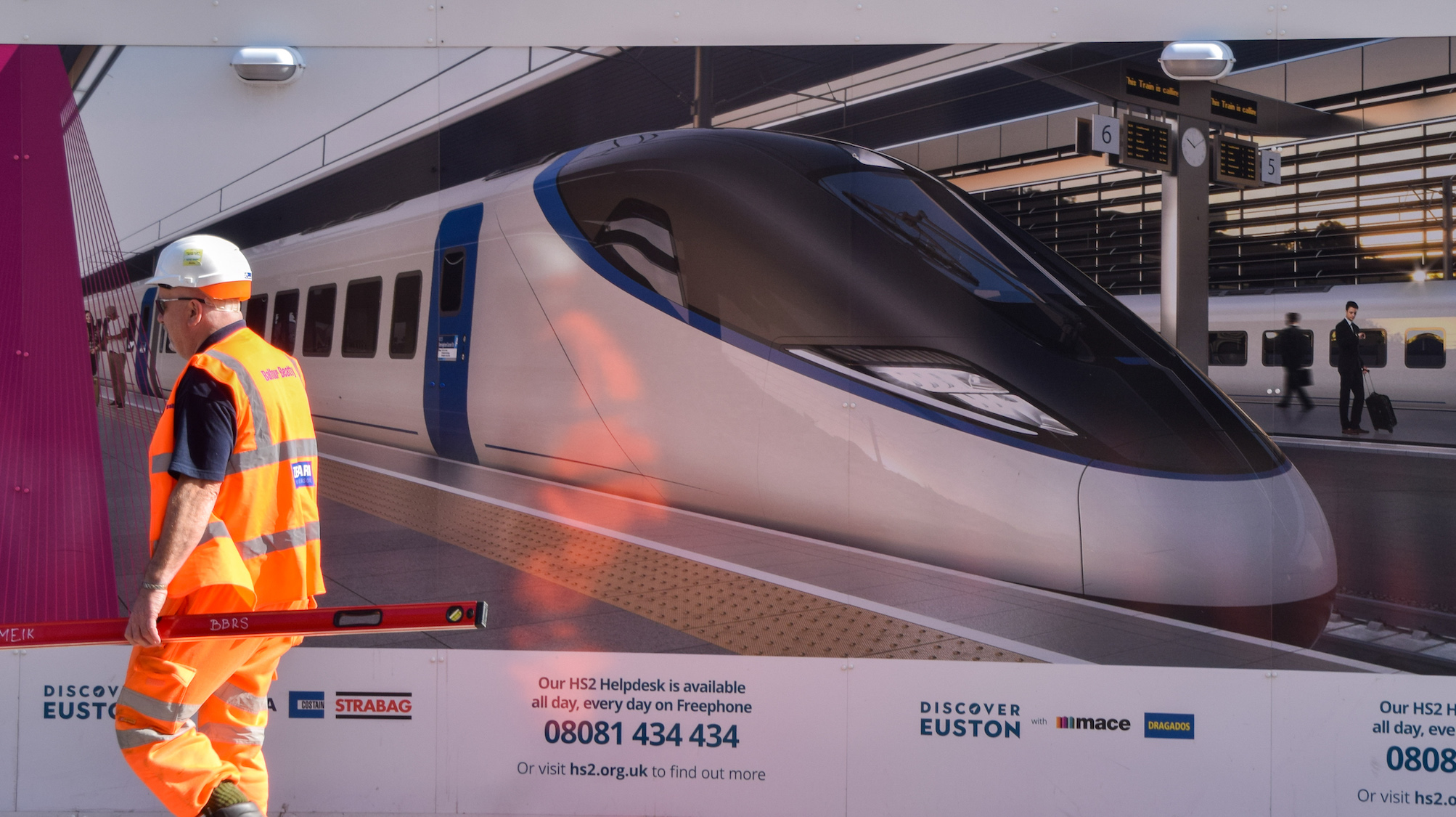 Pros and cons of HS2
Pros and cons of HS2Pros and cons The government has scrapped plans for the northern leg of the high-speed railway after spiralling costs and delays
-
 Can HS2 get back on track?
Can HS2 get back on track?Today's Big Question West Midlands mayor offers business solution to keep northern leg but final decision may rest with Labour
-
 HS2: a runaway train
HS2: a runaway trainTalking Point PM may cut Manchester to Birmingham line of beleaguered rail project due to spiralling costs
-
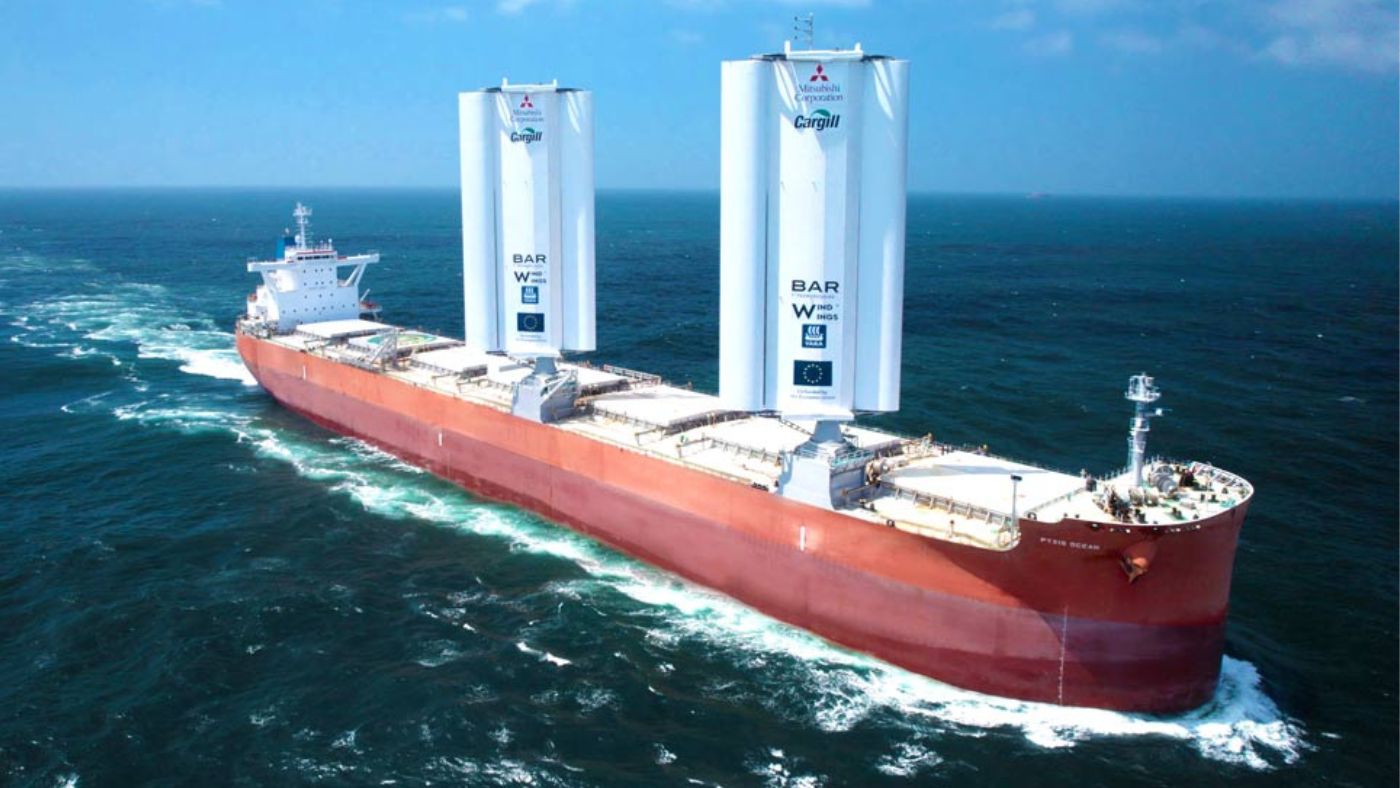 Wind-powered cargo ship takes maiden voyage
Wind-powered cargo ship takes maiden voyagefeature Good news stories from the past seven days
-
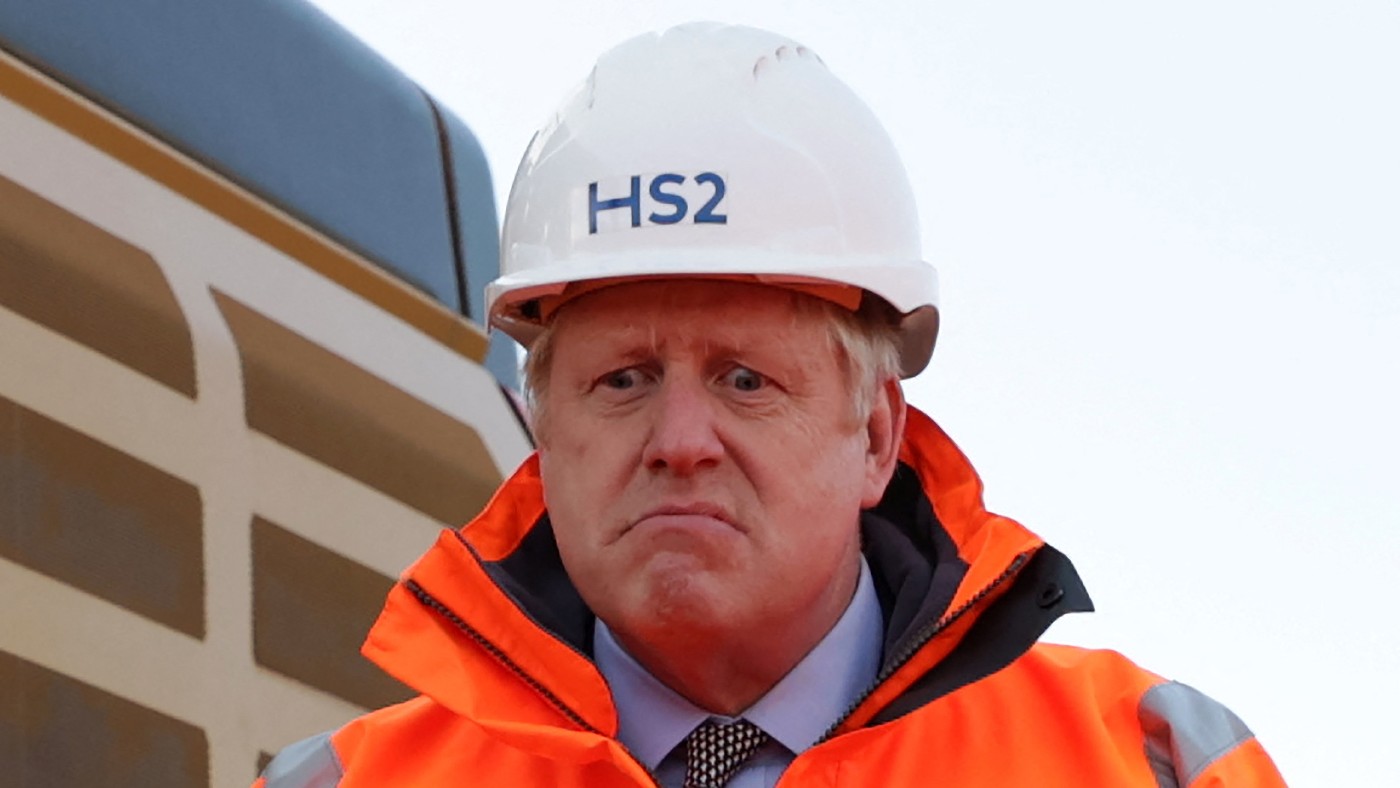 HS2: is this the end of the line?
HS2: is this the end of the line?Talking Point The costs of the track have steadily risen even as the potential gains have diminished say detractors
-
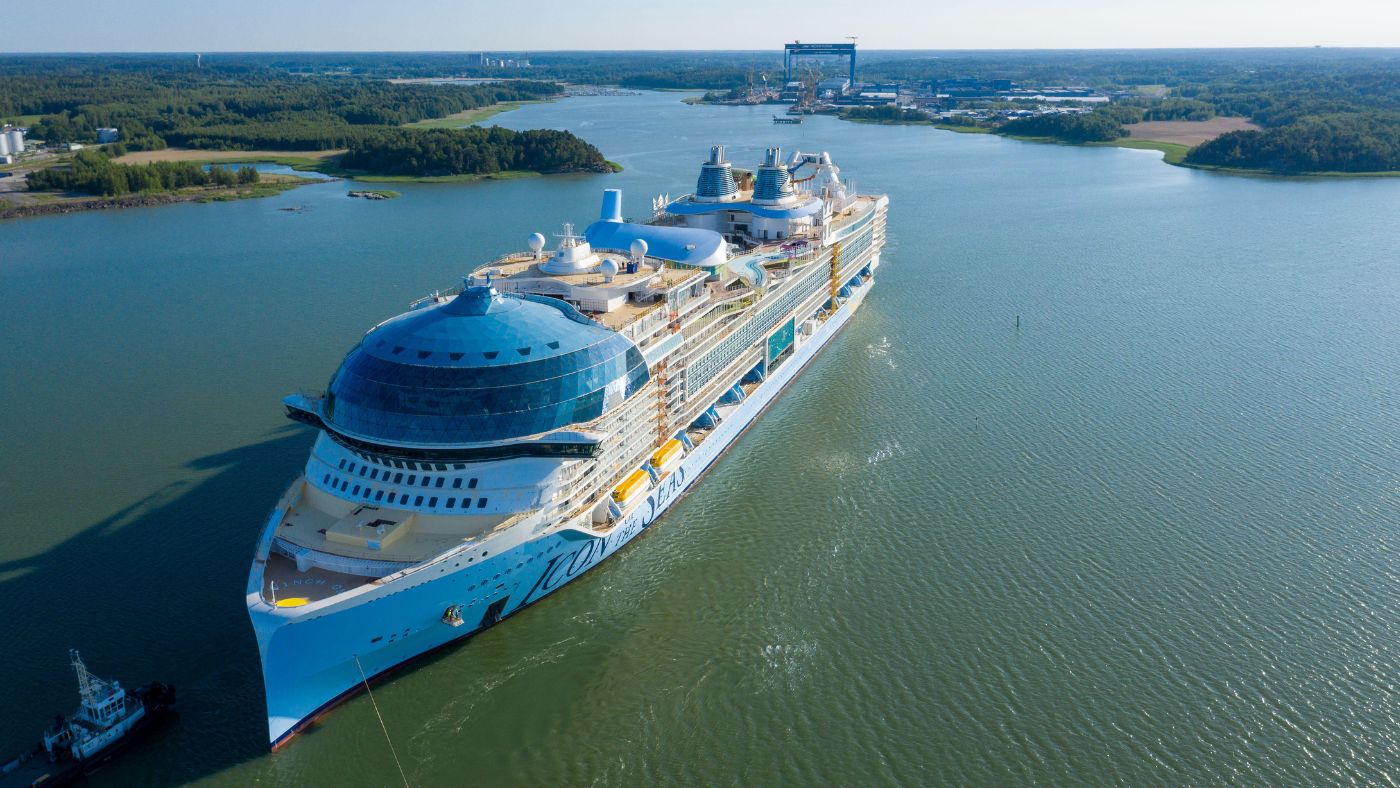 Giant cruise ships: monsters of the high seas
Giant cruise ships: monsters of the high seasfeature Today’s ships are more than twice the size of those built in the 1990s
-
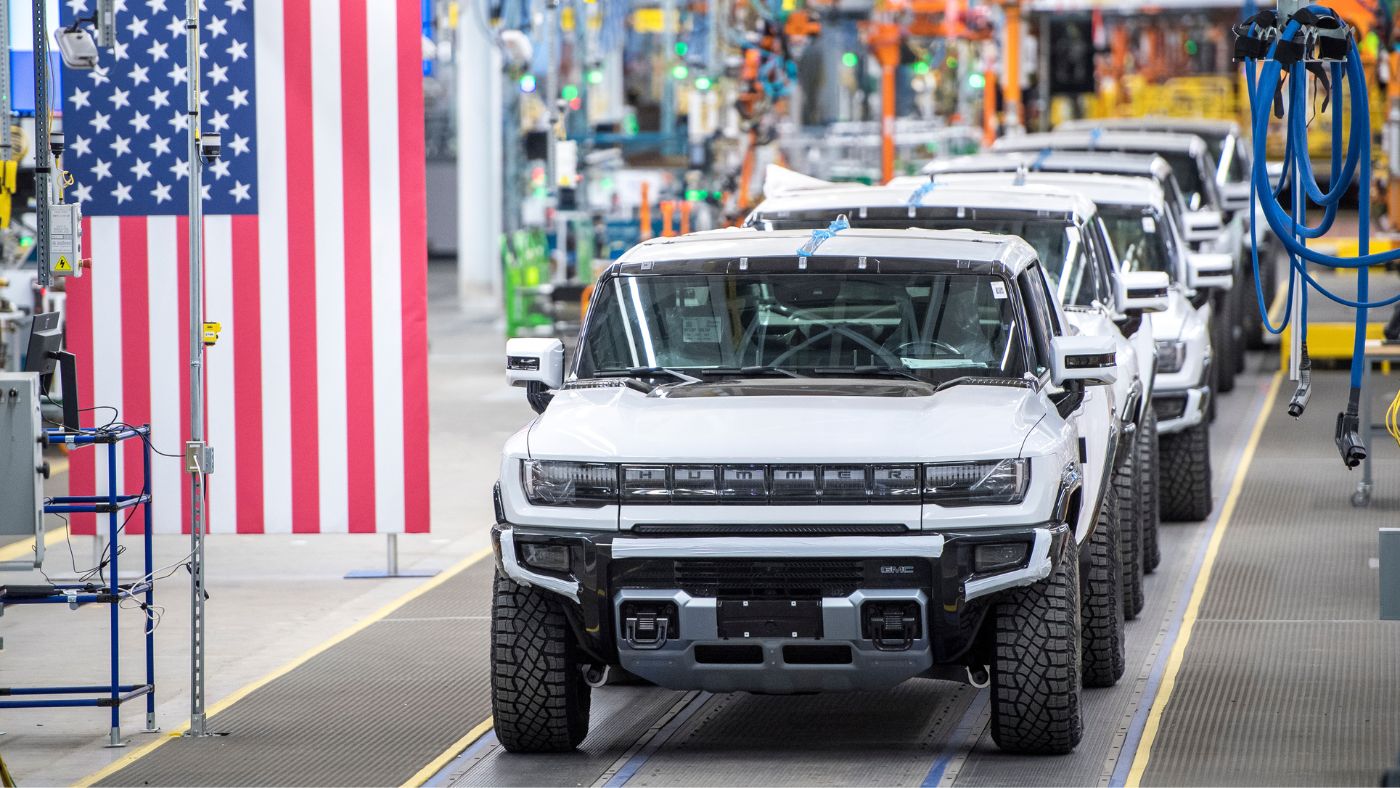 Going electric: the drive to turbocharge a car revolution
Going electric: the drive to turbocharge a car revolutionTalking Point The US EPA has imposed regulations on car makers to increase production of electric vehicles
-
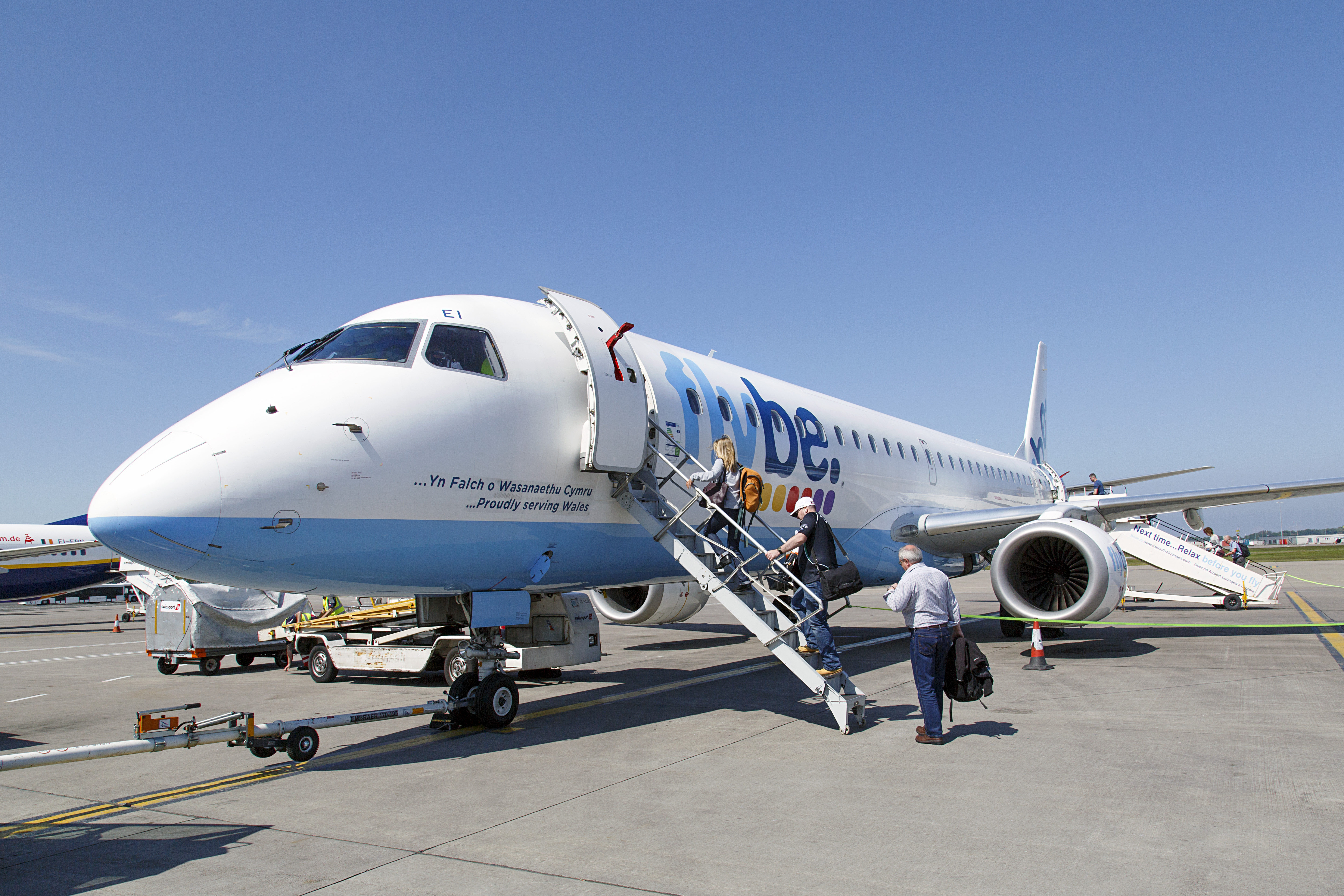 Flybe: turbulence prompts a second nosedive
Flybe: turbulence prompts a second nosedivefeature Airline’s latest collapse is a blow to ‘regional connectivity’